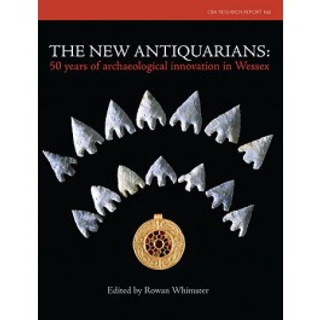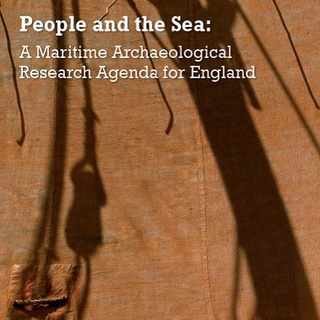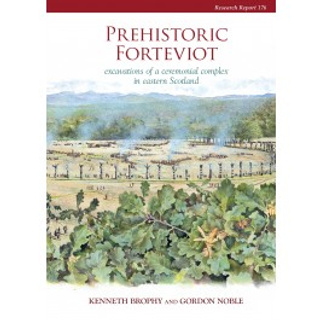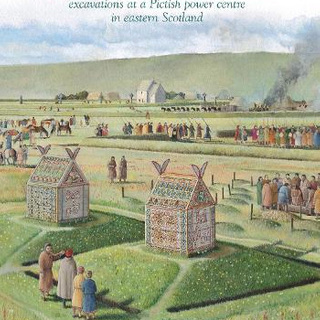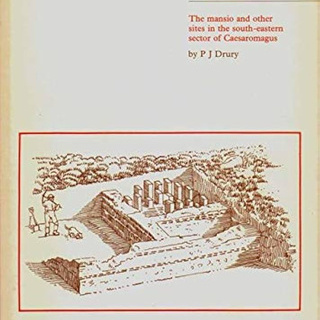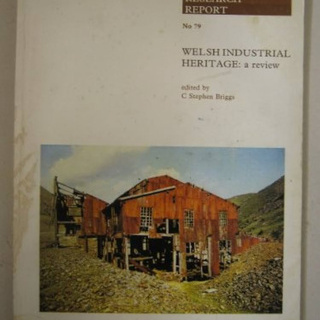The Archaeology of Roman London, Vol. 1: The Upper Walbrook Valley in the Roman period
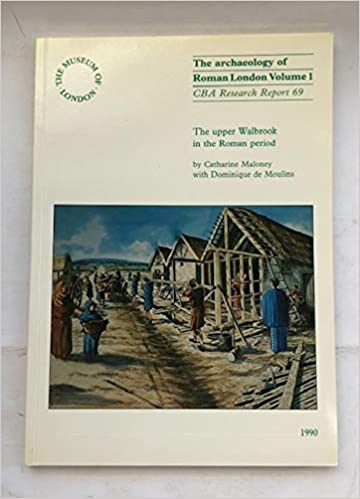
Traces the history of the upper Walbrook valley in the city of London from prehistoric to late Roman times. Excavations have provided evidence for the early development and changing courses of the Walbrook streams.
The valley was reclaimed in the late 1st-early 2nd century AD by the Romans who built at least two major NNE-SSW streets through it. Buildings, mostly constructed of timbers and clay, were erected on the reclaimed land in the 2nd and 3rd centuries. It is suggested that the valley became an industrial zone with evidence for glassworking, leatherworking and iron smithing. Lack of maintenance of the drains meant that the area became progressively wetter and was gradually abandoned. Further drainage work in the Saxon and medieval period allowed the area to be resettled and it again became an industrial zone.
The site evidence from six excavations in the valley and a multidisciplinary environmental analysis for one of the sites (15-35 Copthall Avenue) are included. Summaries of the finds and dendrochronological evidence are also provided.

